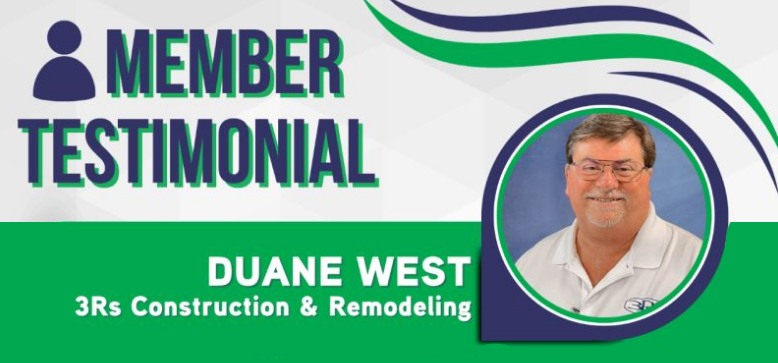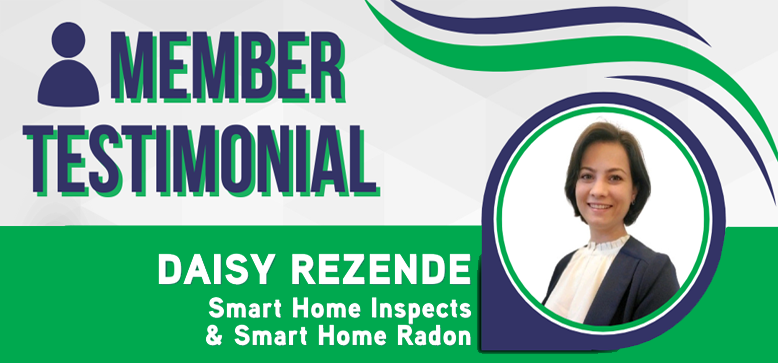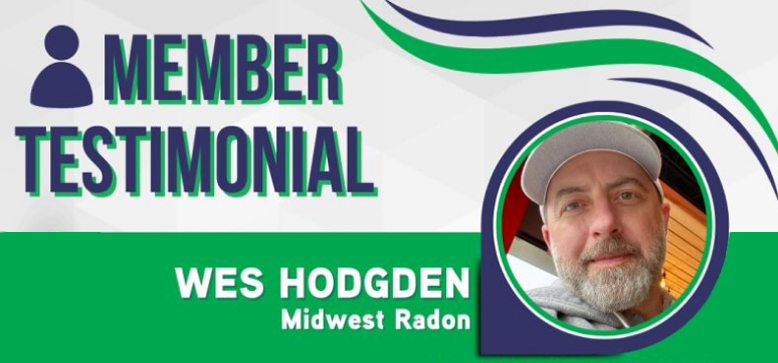Indoor Environments 2025™
The 39th Annual Radon and Vapor Intrusion Symposium
Fort Worth, Texas
October 26-29, 2025
For questions and more information, please contact: Symposium@IndoorEnvironments.Org
Welcome to Indoor Environments™ Radon and Vapor Intrusion Symposium, formerly the AARST International Radon and Vapor Intrusion Symposium.
Indoor Environments Association is a nonprofit professional technical organization that serves a unique role as an ANSI-AARST standard-setting body, demonstrating long-term stewardship and providing its accredited professionals with the tools and education to be leaders in the soil gas industry.
As IEA grows, the symposium also grows the range of attendees and vendors. Attendees are technicians in the field of radon and vapor intrusion measurement and remediation, states and tribes program leaders, and increasingly more environmental companies attend for training and to expand their forums. Indoor Environments 2024 is the definitive source for government agencies, advocates, educators, scientists, and companies sourcing field application-based needs seeking the leading indoor environments gathering annually.


“My membership gave me a discounted rate for the symposium. That gave me access to a huge network of experts who had seen the things I was running into the field, and gave me great counsel to avoid costly mistakes.”

“From nurturing my passion for radon to leading the MD chapter, the IEA Symposium has been my fuel. It’s where curiosity meets expertise, and passion meets purpose. Learning from industry pioneers and meeting like-minded professionals ignited a spark in me. I hope to see you in Florida!”

“As IEA members, attending the symposiums at a discount each year, give our NRPP Certified staff a great opportunity to mingle with other radon specialists from across the globe, and also stay current about changes within our industry.”
